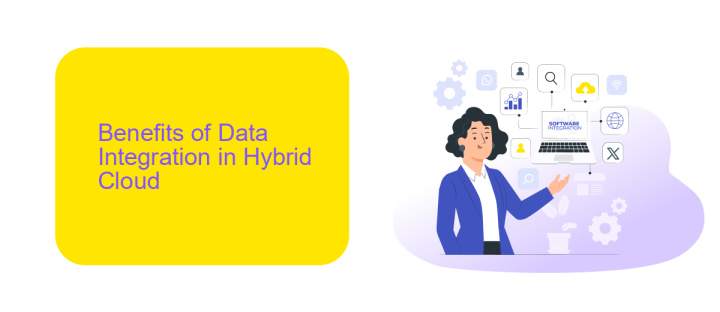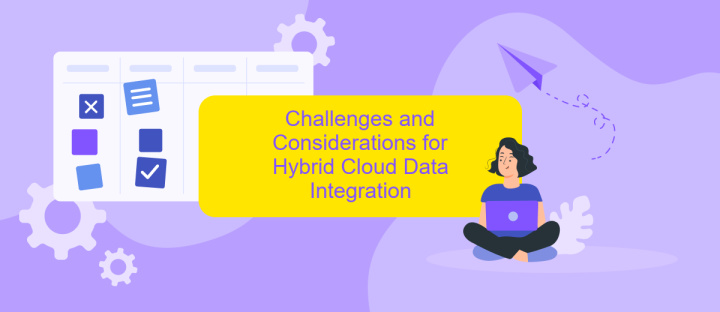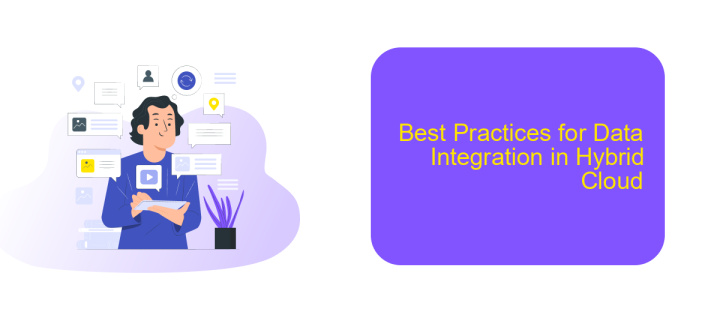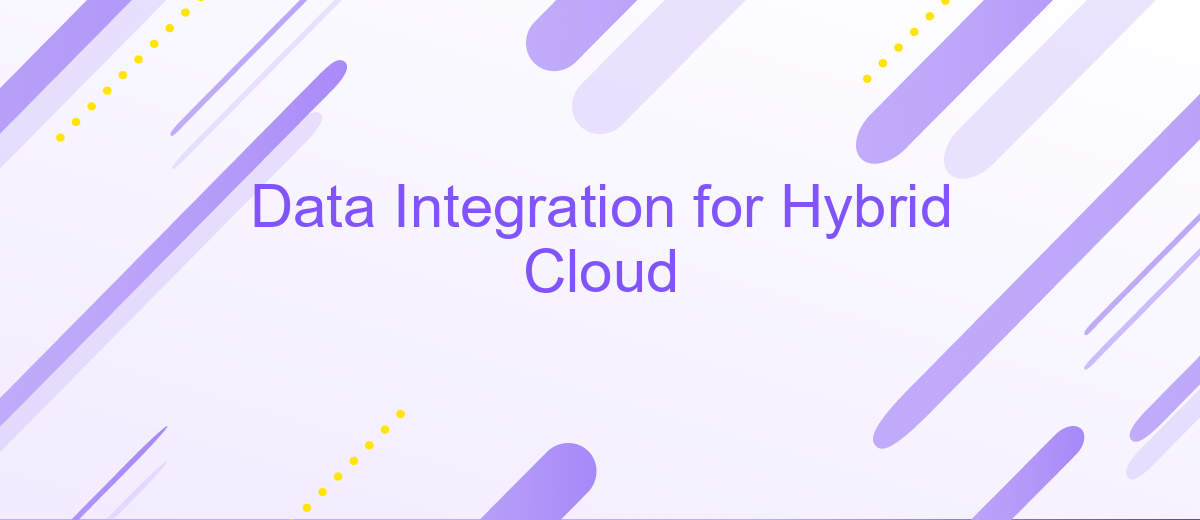Data Integration for Hybrid Cloud
Data integration for hybrid cloud environments is an essential strategy for modern enterprises seeking to leverage both on-premises and cloud-based resources. By seamlessly connecting disparate data sources, organizations can enhance operational efficiency, enable real-time analytics, and ensure data consistency across platforms. This article explores key methodologies, benefits, and best practices for effective data integration in hybrid cloud settings.
Introduction to Data Integration for Hybrid Cloud
Data integration for hybrid cloud environments is essential for organizations aiming to leverage the benefits of both on-premises and cloud infrastructures. By integrating data across these platforms, businesses can ensure seamless data flow, enhance operational efficiency, and gain comprehensive insights.
- Centralized Data Management: Simplifies the handling of data from multiple sources.
- Enhanced Data Accessibility: Ensures data is accessible from both on-premises and cloud environments.
- Improved Data Consistency: Maintains data integrity across different platforms.
- Scalability: Allows businesses to scale their operations efficiently.
Tools like ApiX-Drive facilitate this integration by providing automated workflows that connect various applications and services. ApiX-Drive supports a wide range of integrations, enabling businesses to synchronize data effortlessly and reduce manual intervention. This ensures that data remains consistent and up-to-date, regardless of where it is stored or processed.
Benefits of Data Integration in Hybrid Cloud

Data integration in a hybrid cloud environment offers numerous benefits, enhancing operational efficiency and flexibility. By seamlessly connecting on-premises and cloud-based data sources, organizations can ensure real-time data availability and consistency across platforms. This integration supports better decision-making processes by providing a unified view of data, enabling businesses to respond quickly to market changes and customer needs. Additionally, it helps in optimizing resource utilization by balancing workloads between on-premises infrastructure and cloud services, thus reducing costs and improving performance.
Moreover, data integration simplifies the management of diverse data sources, allowing for more streamlined operations. Tools like ApiX-Drive facilitate this process by offering automated data synchronization and integration capabilities, reducing the need for manual intervention and minimizing errors. ApiX-Drive supports a wide range of applications and databases, making it easier to connect disparate systems and ensure data integrity. This not only saves time but also enhances data security and compliance by maintaining consistent data governance policies across the hybrid cloud environment.
Challenges and Considerations for Hybrid Cloud Data Integration

Integrating data in a hybrid cloud environment presents several unique challenges and considerations that organizations must address to ensure seamless operations. These challenges often stem from the inherent complexity of managing data across on-premises and cloud-based systems.
- Data Security and Compliance: Ensuring data security and compliance with various regulations is critical. Organizations must implement robust encryption and access control mechanisms to protect sensitive information.
- Latency and Performance: Data transfer between on-premises and cloud environments can introduce latency issues. Optimizing network performance and leveraging edge computing can help mitigate these concerns.
- Data Integration Tools: Utilizing effective data integration tools, such as ApiX-Drive, can streamline the process of synchronizing data across diverse systems. These tools offer automated workflows and real-time data synchronization, enhancing overall efficiency.
- Scalability: Hybrid cloud environments must be scalable to handle varying data loads. Organizations need to design their architecture to support dynamic scaling based on demand.
- Data Governance: Establishing clear data governance policies is essential for maintaining data quality and consistency. This includes defining data ownership, stewardship, and lifecycle management practices.
Addressing these challenges requires a strategic approach and the right set of tools and technologies. By leveraging solutions like ApiX-Drive and implementing best practices, organizations can achieve effective and secure data integration in a hybrid cloud environment.
Best Practices for Data Integration in Hybrid Cloud

Integrating data in a hybrid cloud environment can be challenging, but following best practices can streamline the process and ensure data consistency and security. One critical aspect is to establish a clear data integration strategy that aligns with your business objectives and IT infrastructure.
Security should be a top priority when handling data integration. Implement robust encryption methods and access controls to protect sensitive information. Additionally, ensure compliance with relevant regulations and standards to mitigate risks associated with data breaches.
- Use automated tools like ApiX-Drive to simplify the integration process and reduce manual effort.
- Regularly monitor and audit data flows to identify and resolve issues promptly.
- Ensure scalability by choosing solutions that can handle increasing data volumes and complexity.
- Maintain data quality by implementing validation and cleansing processes.
Effective data integration in a hybrid cloud requires continuous improvement and adaptation. By leveraging tools like ApiX-Drive and adhering to these best practices, organizations can achieve seamless and secure data integration, driving better decision-making and operational efficiency.


Conclusion
In conclusion, data integration for hybrid cloud environments is a critical aspect of modern IT infrastructure, enabling organizations to harness the full potential of their data. By seamlessly connecting on-premises systems with cloud services, businesses can achieve greater flexibility, scalability, and efficiency. The successful implementation of hybrid cloud data integration requires careful planning, robust security measures, and the right set of tools to manage the complexities involved.
One such tool is ApiX-Drive, which simplifies the process of integrating various applications and services. By automating data workflows and ensuring real-time synchronization, ApiX-Drive helps organizations streamline their operations and enhance productivity. As hybrid cloud adoption continues to grow, leveraging reliable integration platforms will be essential for businesses to stay competitive and responsive to changing market demands. Embracing these technologies will pave the way for a more connected and data-driven future.
FAQ
What is data integration for hybrid cloud?
What are the main challenges of data integration in a hybrid cloud environment?
How can I ensure data security during integration in a hybrid cloud?
What are some best practices for data integration in a hybrid cloud?
Can automation tools help in data integration for hybrid clouds?
Apix-Drive will help optimize business processes, save you from a lot of routine tasks and unnecessary costs for automation, attracting additional specialists. Try setting up a free test connection with ApiX-Drive and see for yourself. Now you have to think about where to invest the freed time and money!

